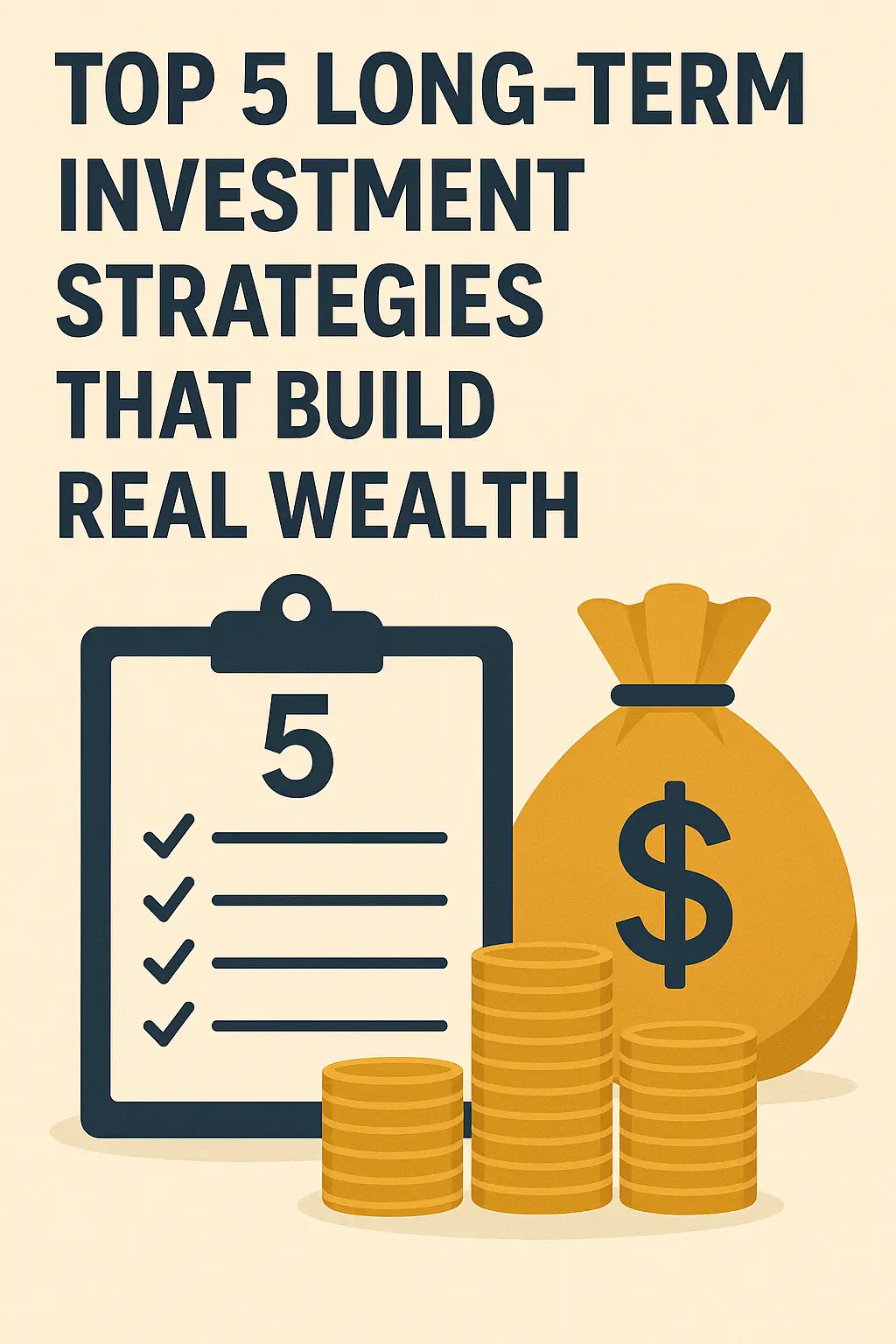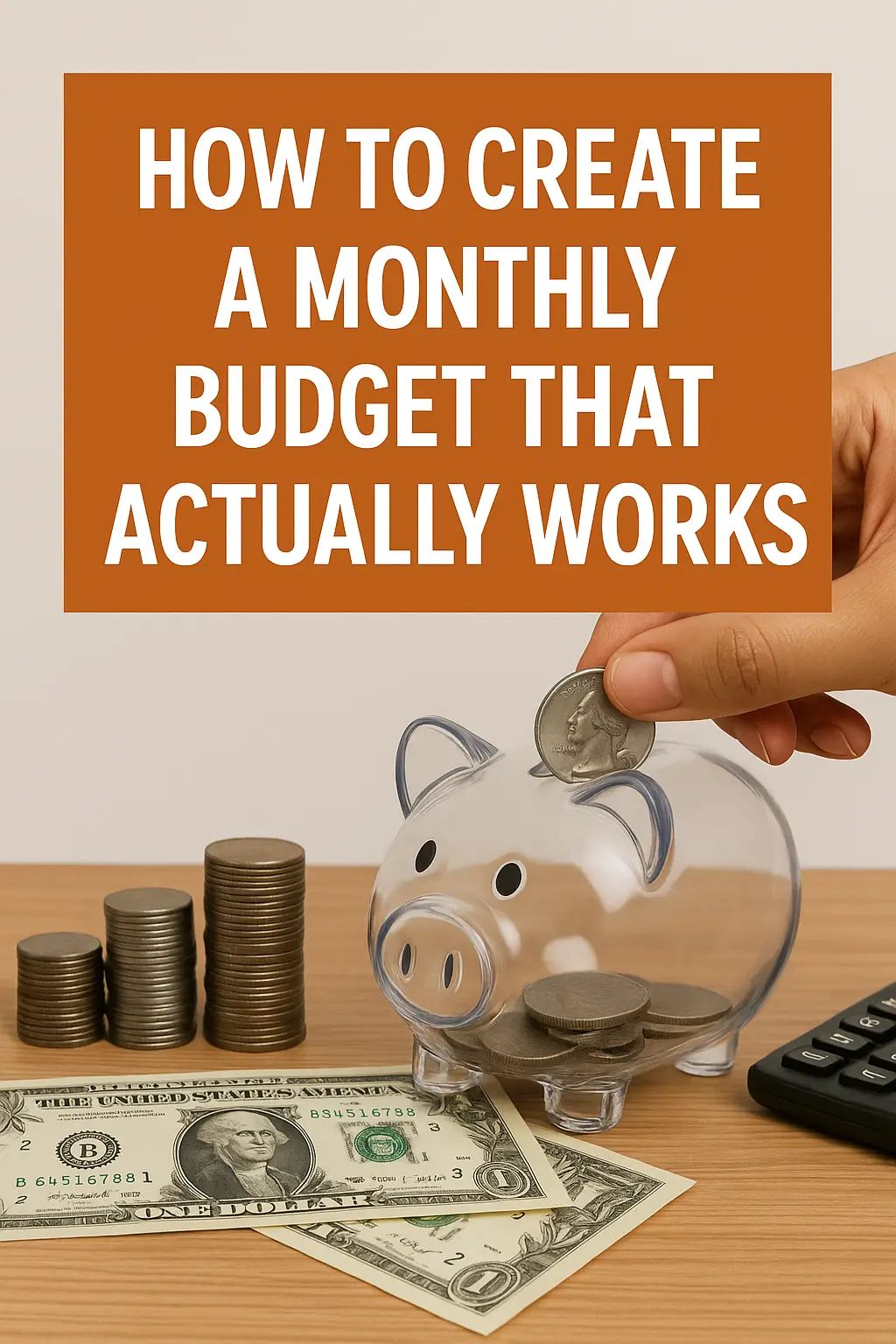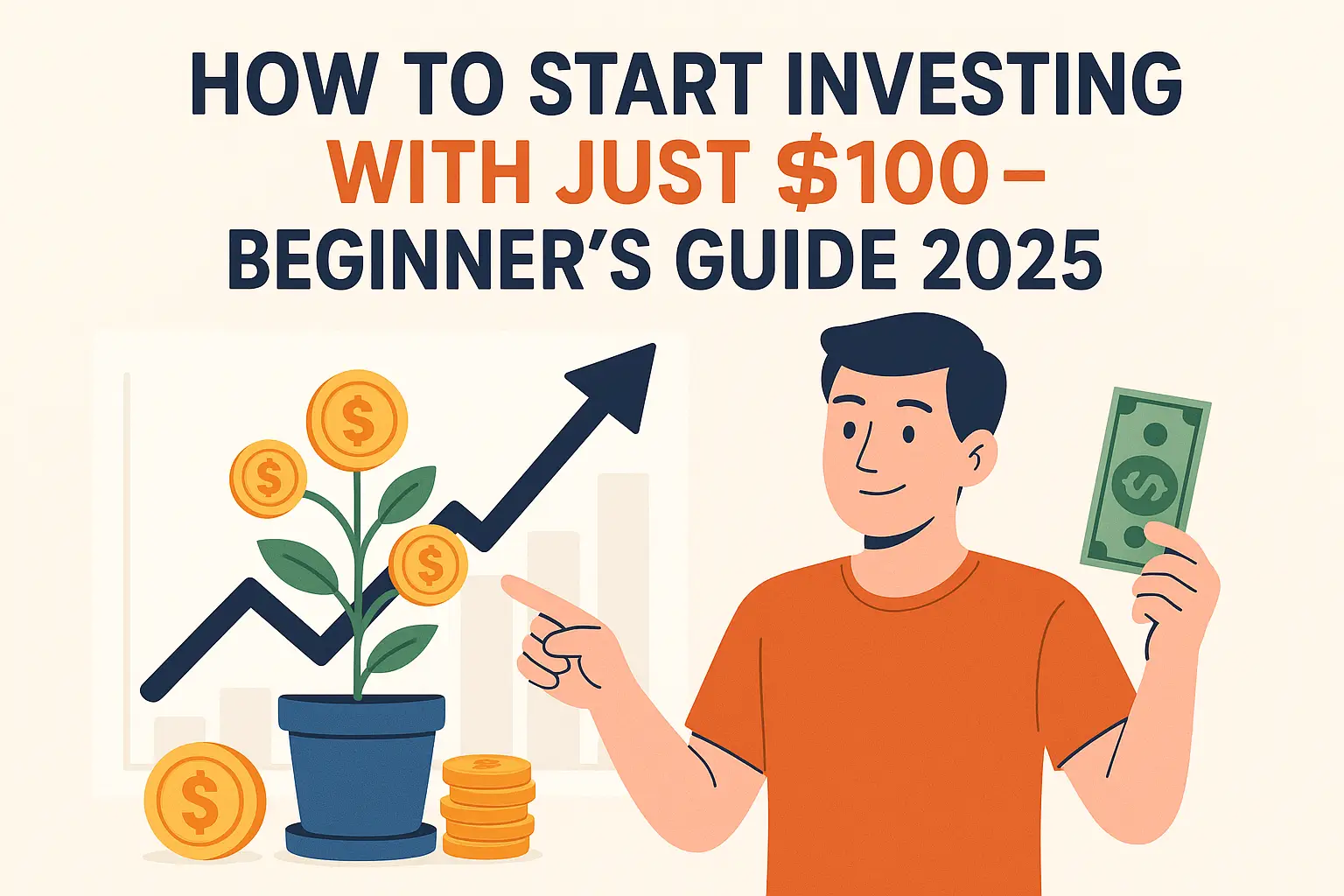Learn how to use proven strategies—backed by formulas—to build sustainable wealth, even as a beginner.
1. Invest in Broad Market Index Funds
Index funds are a simple, low-cost way to invest in the entire market. Over decades, this passive strategy compounds wealth steadily.
📊 Compound Return Formula:
FV = PV × (1 + r)t
- FV: Future Value
- PV: Initial Investment
- r: Annual Return Rate (as decimal)
- t: Time in years
Example: Invest $5,000 in an S&P 500 index fund with 8% average annual return for 20 years:
FV = 5000 × (1 + 0.08)20 ≈ $23,304
Check out S&P 500 on Investopedia for historical performance.
2. Buy and Hold Dividend Growth Stocks
Dividend stocks pay you regularly while appreciating over time. Reinvesting dividends supercharges your total returns.
💰 Dividend Yield + Growth Formula:
Total Return ≈ Dividend Yield + Annual Growth Rate
Example: A stock with 3% dividend yield and 5% annual growth:
Total Return ≈ 3% + 5% = 8% yearly
📈 Compound Growth with Reinvestment:
Same formula as above, just add dividends to reinvested value each year.
Use Dividend.com to screen reliable dividend growers.
3. Real Estate Investing for Rental Income
Real estate grows both through property appreciation and monthly rental cash flow.
🏠 Return on Investment (ROI) Formula:
ROI = (Annual Rental Income - Expenses) ÷ Total Investment × 100%
Example:
- Purchase Price: $100,000
- Rental Income: $1,200/month = $14,400/year
- Expenses: $4,400/year
ROI = (14,400 - 4,400) ÷ 100,000 × 100% = 10%
Explore platforms like Fundrise for real estate investing with as little as $10.
4. Maximize Retirement Accounts (401(k), IRA)
Retirement accounts offer tax-deferred or tax-free growth, making your investments grow faster.
📈 Retirement Growth Formula (with contributions):
FV = P × [((1 + r)t - 1) / r]
- P: Annual Contribution
- r: Annual Return Rate
- t: Number of Years
Example: $6,000/year into a Roth IRA at 7% for 30 years:
FV = 6000 × [((1 + 0.07)30 - 1) / 0.07] ≈ $567,000
Check your growth using Fidelity’s retirement tool.
5. Dollar-Cost Averaging (DCA)
DCA means investing a fixed amount on a regular basis, regardless of market prices. It reduces timing risk and averages out your purchase price.
📉 Average Cost Formula:
Avg Cost = Total Amount Invested ÷ Total Units Purchased
Example: You invest $100 monthly into a fund:
- Month 1: Price = $10 ⇒ 10 shares
- Month 2: Price = $20 ⇒ 5 shares
- Month 3: Price = $25 ⇒ 4 shares
Avg Cost = $300 ÷ 19 shares = $15.79/share
Learn how to start with small DCA steps in How to Start Investing with Just $100 — Beginner’s Guide 2025
📌 Bonus: Compound Interest is Your Secret Weapon
Compound interest means your money earns interest on both the principal and the previously earned interest.
🧠 Formula Reminder:
FV = PV × (1 + r/n)nt
- n: Number of times interest is compounded per year
- All other variables same as before
Example: $1,000 at 6% compounded monthly for 10 years:
FV = 1000 × (1 + 0.06/12)12×10 ≈ $1,819.40
📘 Learn more: The Power of Compound Interest: How to Turn Small Investments into Big Returns








